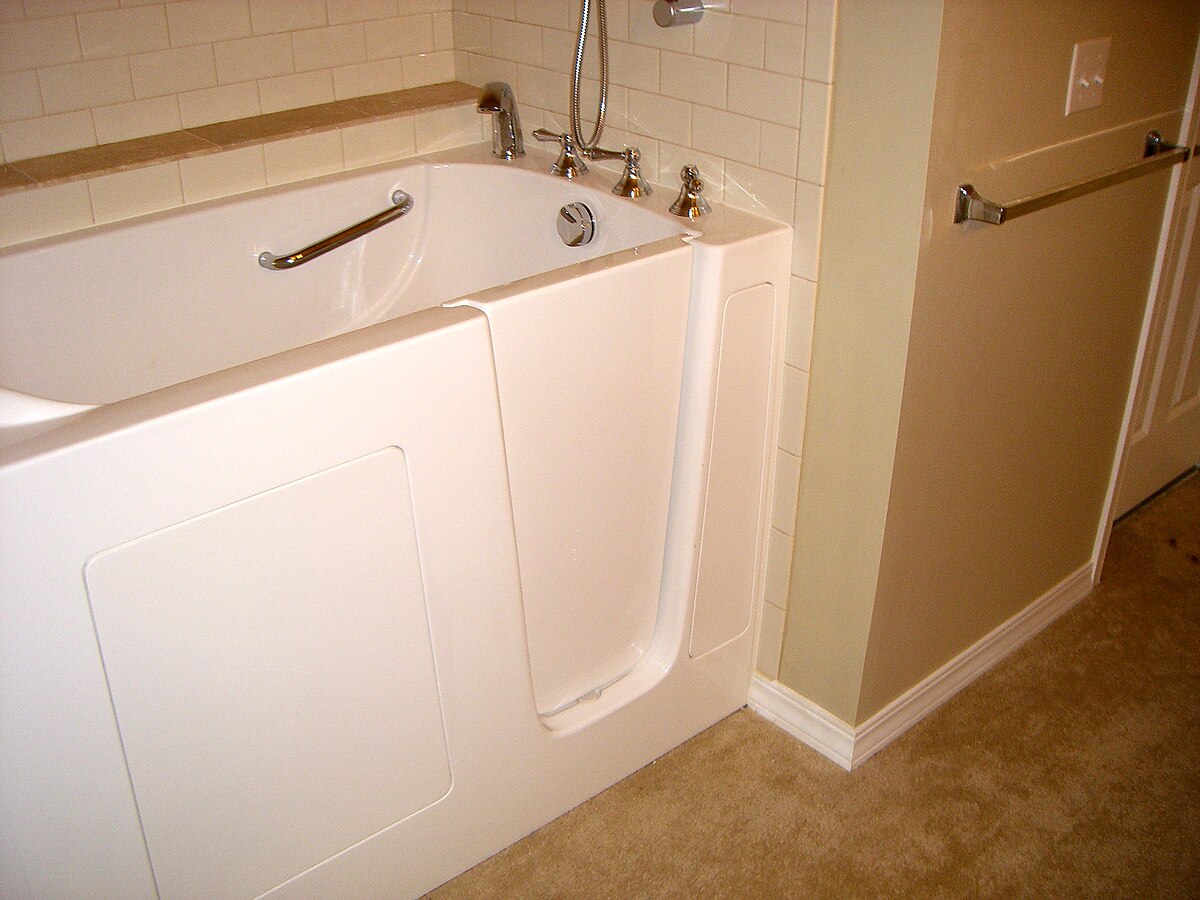Walk-In Showers: Safe, Accessible Bathroom Solutions
Walk-in showers offer a practical blend of safety, independence, and modern design for seniors and people with limited mobility. By removing high thresholds and adding features like grab bars, non-slip floors, and seating, these showers reduce fall risk and support aging in place. Learn about planning, costs, customization, and upkeep to choose the right walk-in shower for your needs.
Walk-in showers are an increasingly popular choice for homeowners who prioritize safety, independence, and contemporary design. Removing the need to climb over a tub edge and integrating supportive features makes bathing safer for seniors and anyone with limited mobility. This guide covers the safety advantages, renovation requirements, typical costs, customization options, and maintenance tips to help you decide whether a walk-in shower is right for your home.
Safety advantages for seniors and people with limited mobility
The most immediate benefit of a walk-in shower is reduced fall risk. A low- or zero-threshold entry eliminates the hazardous step over a high tub rim, which is a common source of slips and falls. Combined with wide doorways and barrier-free layouts, these designs make transfers easier for people using canes, walkers, or wheelchairs.
Strategically placed grab bars and handrails provide reliable points of support for sitting, standing, or moving in and out of the shower. Non-slip flooring or textured tiles significantly improve footing in wet conditions, while built-in or fold-down benches create a safe place to sit while bathing. Together, these elements help preserve personal independence and reduce the chance of injury.
Planning, installation, and bathroom modifications
Adding a walk-in shower to an existing bathroom often requires thoughtful planning and possibly structural changes. Key considerations include:
- Drainage and slope: Proper floor pitch is critical to ensure water flows toward the drain and prevents pooling. This can require reworking the subfloor or installing linear drains.
- Waterproofing: Effective waterproof membranes behind tile and around fixtures prevent leaks that could damage walls and floors. Waterproofing up to recommended heights and sealing all transitions is essential.
- Space and layout: Measure the available footprint to determine whether a curbless entry or slightly raised threshold is required. Allow enough room for a seat, grab bars, and clear turning space for mobility aids if needed.
- Fixture placement: Positioning controls, showerheads, and seating within easy reach reduces the need for stretching or bending. Consider lever-style handles or thermostatic mixers for easier operation.
- Professional installation: Certified contractors or accessibility specialists can ensure the shower meets local building codes and ADA-inspired recommendations for safety and usability. Expert installation also minimizes the risk of future water damage.
Cost and investment breakdown
| Installation Type | Average Cost Range | Features Included |
|---|---|---|
| Basic Conversion | $3,000 - $5,000 | Standard entry, basic grab bars |
| Mid-Range Update | $5,000 - $10,000 | Custom tiles, multiple grab bars, built-in seat |
| Premium Package | $10,000 - $15,000+ | Custom design, premium materials, advanced safety features |
Prices, rates, or cost estimates mentioned in this article are based on the latest available information but may change over time. Independent research is advised before making financial decisions.
Investing in a walk-in shower can add both functional value and accessibility to your home. Basic conversions focus on safety essentials at a lower price point, while mid-range and premium options provide more durable materials, style upgrades, and extra features that enhance comfort and longevity.
Customization to meet diverse mobility needs
Walk-in showers can be tailored to the abilities and preferences of individual users. Common customizations include:
- Adjustable or handheld showerheads mounted on sliding bars to accommodate different heights and seated use.
- Thermostatic or anti-scald valves to maintain stable water temperature and prevent burns.
- Fold-down or built-in seating options positioned for safe transfers and comfortable bathing.
- Multiple grab bars installed at user-specific heights and angles to provide optimal support.
- Accessible storage such as recessed shelves, lower soap niches, or pull-out baskets for toiletries within easy reach.
Design choices can balance aesthetics with safety—matching tile and fixtures with discreet yet robust safety hardware allows the bathroom to remain stylish while being more usable.
Essential maintenance and long-term care
Routine upkeep keeps a walk-in shower functioning safely and looking good. Recommended maintenance tasks include:
- Regular cleaning of non-slip surfaces to remove soap scum and residues that can compromise traction.
- Checking the tightness and condition of grab bars and seating brackets to ensure they remain secure.
- Inspecting grout, caulk, and seals periodically to catch any deterioration before water intrusion occurs.
- Verifying drain performance and clearing hair or debris to avoid slow drainage and standing water.
- Scheduling professional inspections if any leaks, loose fixtures, or structural concerns are detected.
Performing these simple checks helps extend the life of the installation and preserves its safety features as the user’s needs change over time.
Walk-in showers represent a practical and stylish solution for anyone seeking safer bathing options without sacrificing design. With thoughtful planning, appropriate customization, and regular maintenance, they can provide lasting benefits for seniors, people with limited mobility, and families preparing for long-term accessibility needs.
This article is for informational purposes only and should not be considered medical advice. Please consult a qualified healthcare professional for personalized guidance and treatment.







